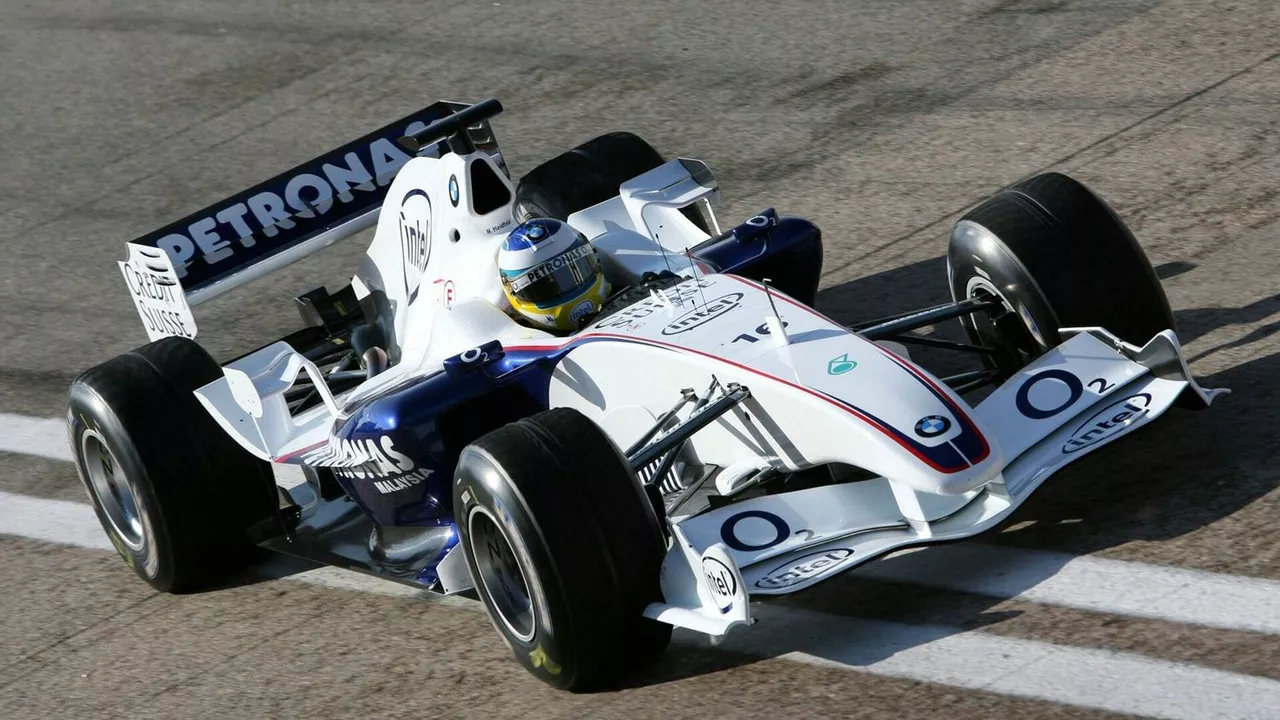F1 Popularity: Why Formula 1 Beats All Other Motorsports
If you’ve ever wondered why Formula 1 dominates every racing conversation, you’re not alone. Fans tune in for the speed, the drama, and the tech, but there’s more to the story than just fast cars. Below we break down the key reasons F1 pulls in massive audiences and keeps them coming back for more.
What drives F1’s global fan base?
First off, the numbers speak for themselves. Each Grand Prix draws over 80 million viewers on TV and streaming platforms combined, making it the most-watched motorsport on the planet. Those figures dwarf the audiences for IndyCar, NASCAR, and even the World Endurance Championship. The sport’s global reach means you can catch a race from New York to Tokyo without missing a beat.
Technology also plays a huge role. F1 teams spend billions on aerodynamics, hybrid power units, and data analysis. Fans love seeing the latest breakthroughs – think kinetic energy recovery systems or carbon‑fiber chassis – because they showcase the cutting edge of automotive engineering. When a driver slams the throttle, you’re watching a machine built with the same precision as a space rocket.
How F1 stays ahead of other motorsports
Driver personalities add another layer of excitement. Names like Lewis Hamilton, Max Verstappen, and Charles Leclerc have become household brands, and their rivalries spark endless debate on forums and social media. People don’t just watch the cars; they root for the people behind the wheel, following their stories from karting tracks to the podium.
Social media has turned F1 into a 24‑hour experience. Teams post behind‑the‑scenes footage, live telemetry, and interactive polls that let fans feel involved. Platforms such as TikTok and Instagram deliver bite‑size highlights that instantly go viral, pulling new audiences into the sport who might never have sat down for a full‑length broadcast.
Another big draw is the globe‑spanning calendar. From the streets of Monaco to the desert in Abu Dhabi, each venue offers a unique backdrop and challenge. Watching a race in a historic city versus a brand‑new circuit keeps the visual experience fresh, and fans love planning trips to see their favorite tracks in person.
Finally, the sport’s future looks bright. New rules focusing on sustainability, like 100 % synthetic fuels, attract environmentally‑aware fans. The next generation of drivers is already making a name for themselves, promising fresh storylines and even more intense competition.
All these factors combine to make Formula 1 the most popular type of auto racing today. Whether you’re a die‑hard fan or a casual viewer, the mix of speed, technology, personalities, and global reach creates a perfect recipe for lasting appeal.
